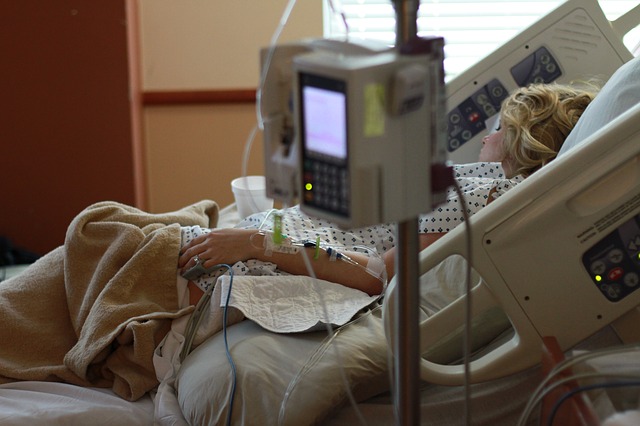Opioid Addiction Rates Redux
/By Roger Chriss, PNN Columnist
The Oklahoma opioid trial is garnering attention for what could be a pivotal role in determining the liability of Johnson & Johnson and other drug makers in the opioid crisis. A key point hinges on a seemingly simple question: What percentage of people on long-term opioid therapy develop addiction?
Dr. Timothy Fong, a UCLA psychiatrist and defense expert, refuted claims by prosecution witness Dr. Andrew Kolodny that people who take opioid pain medication over extended periods have a 25% chance of becoming addicted. Fong said other studies suggest that patients who take opioids over long periods might have addiction rates closer to 1 to 3 percent.
There is an extensive literature on these estimates, including NIH studies and published research from leading experts. I covered some of them in a PNN column last year (see “How Common Is Opioid Addiction?”)
“The best and most recent estimate of the percentage of patients who will develop an addiction after being prescribed an opioid analgesic for long-term management of their chronic pain stands at around 8 percent,” NIDA director Nora Volkow, MD, told Opioid Watch.
Why are there so many different estimates? There is an important distinction between the incidence and prevalence of a medical condition. Briefly, incidence represents the probability of occurrence of a given medical condition in a population within a specified period of time. In contrast, prevalence gives the proportion of a particular population found to be affected by a medical condition.
The distinction is not just semantics and is critical in epidemiology. As explained in Physiopedia, “incidence conveys information about the risk of contracting the disease, whereas prevalence indicates how widespread the disease is.”
Besides obvious difficulties in determining incidence (the necessary clinical trials will never receive approval) and measuring prevalence (the required public health monitoring is well beyond our current capability), we instead have to rely on proxy measures derived from prescription drug databases, medical records and surveys.
We also have to make decisions about the “specified period of time” when determining incidence and the assessment of the “medical condition’ for prevalence.
There is no universally agreed upon time frame for the development of addiction or opioid use disorder after opioid initiation, whether medical or non-medical. Similarly, the definition of opioid use disorder has evolved over the years.
Further, in many cases incidence and prevalence are calculated based on assumptions made by researchers. For instance, in an Annual Review of Public Health article co-authored by Dr. Kolodny, a 2010 study is cited that found 26% of chronic pain patients met the criteria for opioid dependence and 35% met the criteria for opioid use disorder. This seems to be the source of the 25% claim used by Kolodny in the Oklahoma opioid trial.
But the 2010 study doesn’t distinguish between incidence and prevalence. It is also not clear how many of the surveyed pain patients had an opioid use disorder diagnosis before the onset of medical opioid therapy.
A similar critique can be levied against the authors of a 1980 letter in The New England Journal of Medicine that claimed opioid addiction was rare in pain patients. Some have claimed publication of the letter helped launch the opioid crisis.
The problem with all of these studies is that they are retrospective in nature, limited to a particular patient population, and constrained by the diagnostic criteria in use at the time. And the estimates derived from such studies do not necessarily implicate or exonerate Johnson & Johnson.
Moreover, it is possible that addiction rates have varied over time and were influenced by factors that were not yet understood or even known. For example, recent research has found an association between opioid overdoses and drug diversion among family and friends, cold weather, altitude above sea level, and medical cannabis legalization.
The NIH work that Dr. Volkow refers to in her Opioid Watch interview works to account for all of these factors. So as Volkow stated last year, the “best and most recent estimate" stands at about eight percent. Improved public health surveillance, epidemiological research, and patient monitoring may shift this number up or down, and will increase confidence in the estimate.
Roger Chriss lives with Ehlers Danlos syndrome and is a proud member of the Ehlers-Danlos Society. Roger is a technical consultant in Washington state, where he specializes in mathematics and research.
The information in this column should not be considered as professional medical advice, diagnosis or treatment. It is for informational purposes only and represents the author’s opinions alone. It does not inherently express or reflect the views, opinions and/or positions of Pain News Network.


































